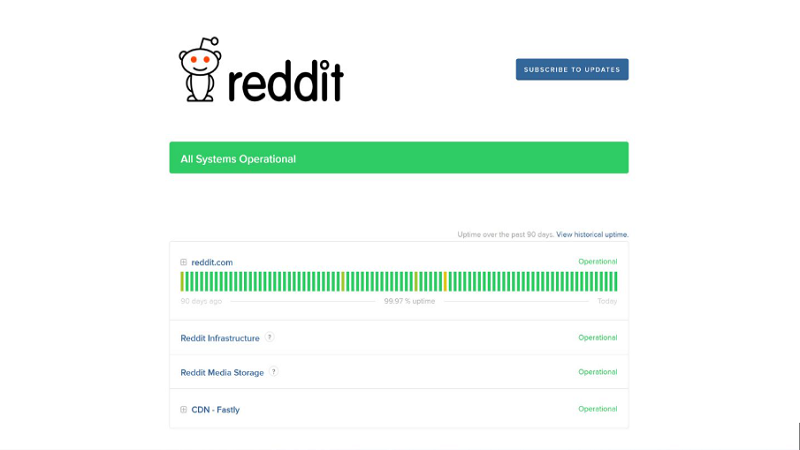Rapid background checks can reveal sensitive details, leaving many people concerned about their privacy and the risks of public exposure.
What Is a Fast Background Check?
A Fast Background Check is an automated service that swiftly verifies personal information by sifting through public records like court and criminal records and property deeds. This process often involves data brokers who gather information from various sources, providing it to individuals and businesses conducting background checks. While these checks can be efficient, the depth of the results can differ, raising valid privacy concerns about how personal data is shared online and who has access to it.
Why Do People Want to opt out of Fast Background Checks?
Many people are looking to opt out of Fast Background Checks because of growing concerns about their privacy and the potential dangers of having their personal information readily available online, which can lead to identity theft and other risks. As data brokers continue to make a vast amount of personal data accessible to the public, individuals feel compelled to take action to protect their privacy and reduce the chances of their information being misused or exposed without their consent.
What Are the Dangers of Having Your Information Available Online?
Having your personal information available online poses serious risks, including identity theft, online harassment, and unwanted solicitations, all of which can deeply affect your safety and privacy. As automated services and data brokers make personal data more accessible, the chance of misusing this information grows, highlighting the need for individuals to prioritize protecting their data. The consequences of exposing such information can go far beyond mere inconvenience; identity theft can ruin credit scores and lead to lengthy recovery processes. Additionally, sharing personal details on social media can attract unwanted attention, potentially resulting in stalking or threats. Many people also find themselves bombarded with solicitations from companies that exploit their data without consent, further intruding on their privacy. Ultimately, failing to safeguard personal information can seriously affect one’s peace of mind and overall sense of security.
How to Opt-Out of Fast Background Checks?
Opting out of Fast Background Checks is an important step in safeguarding your personal information and privacy. By following a clear three-step process, you can regain control over your data and reduce the risks associated with identity theft.
1: Find the Fast Background Check Website
The first step is locating the Fast Background Check website or the data brokers holding your personal information. Take the time to research reputable people’s search sites and familiarize yourself with how data brokers operate. Look for well-known lists of legitimate brokers and pay attention to user reviews. Transparency is key, so check for clear privacy policies and accessible contact information on their websites. Document the opt-out processes, as they can differ significantly between platforms.
2: Search for Your Information
Once you’ve identified the relevant website, the next step is to search for your personal information within its results. This will typically include data points like your address and phone number. Familiarize yourself with how to interpret these results by looking for specific identifiers such as variations of your name and previous addresses. Be cautious of any fees for detailed reports, and ensure the accuracy of the information by cross-referencing it with your records. Utilizing filtering options can also help you navigate your search more effectively.
3: Submit an Opt-Out Request
After confirming your information’s presence, it’s time to submit a removal request. This usually involves filling out an online form or sending a secure email, where you’ll need to provide details to verify your identity, such as your full name, current address, date of birth, and any previous names. Keep an eye out for email confirmation, as this acts as proof that your request was received. By double-checking the email address and ensuring your request is clear, you’ll help expedite the process and increase the chances of successfully removing your personal information from public databases.
What Happens After You Opt-Out?
After opting out of Fast Background Checks, the data broker will start deleting or anonymizing your personal information from public records. This step is crucial for protecting your privacy and reducing the risk of identity theft. Once the process begins, you should see a decline in the visibility of your information within a few weeks. To be thorough, monitor secondary databases to ensure your data is fully removed. Don’t hesitate to reach out to customer service for updates or to verify the deletion of specific records. You can also conduct periodic searches online using your name and related identifiers to check that your information isn’t publicly accessible anymore. By staying vigilant about your digital footprint, you can greatly enhance your overall data privacy.
How Long Does It Take for Your Information to Be Removed?
The time it takes to remove your information after an opt-out request varies by service or data broker. It can take anywhere from a few days to several weeks, depending on verification and processing speed. Factors like request volume, the accuracy of your information, and the broker’s policies can affect the timeline. For instance, if your details match their existing records perfectly, they may process your request more quickly. It’s also essential to consider compliance with regulations like the California Consumer Privacy Act (CCPA) and GDPR. To stay updated on your removal request, keep careful documentation of your submission and take advantage of any tracking options offered. If you need clarity on the status, contacting customer support can be helpful. To speed things up, make sure your request is complete and accurate, and consider submitting requests to multiple brokers at once to streamline the overall data removal process.
Are There Any Other Steps You Can Take to Protect Your Privacy?
After opting out of Fast Background Checks, take steps to monitor your online presence and protect your data. Utilizing services like Incogni or Optery can efficiently remove your records from various databases, helping to alleviate privacy concerns. You can improve your online security by regularly checking your online presence. Searching for your name helps spot unauthorized use of your information. Using online monitoring services can alert you to suspicious activity. Adjust your privacy settings on social media to limit access to trusted friends and family. Be cautious about what you share online, especially sensitive details like your home address or financial data. A Virtual Private Network (VPN) can secure your internet connection, especially on public Wi-Fi. Consider using a privacy protection service for extra security. These services specialize in data removal and proactive monitoring, keeping your information safe.












Leave a Reply